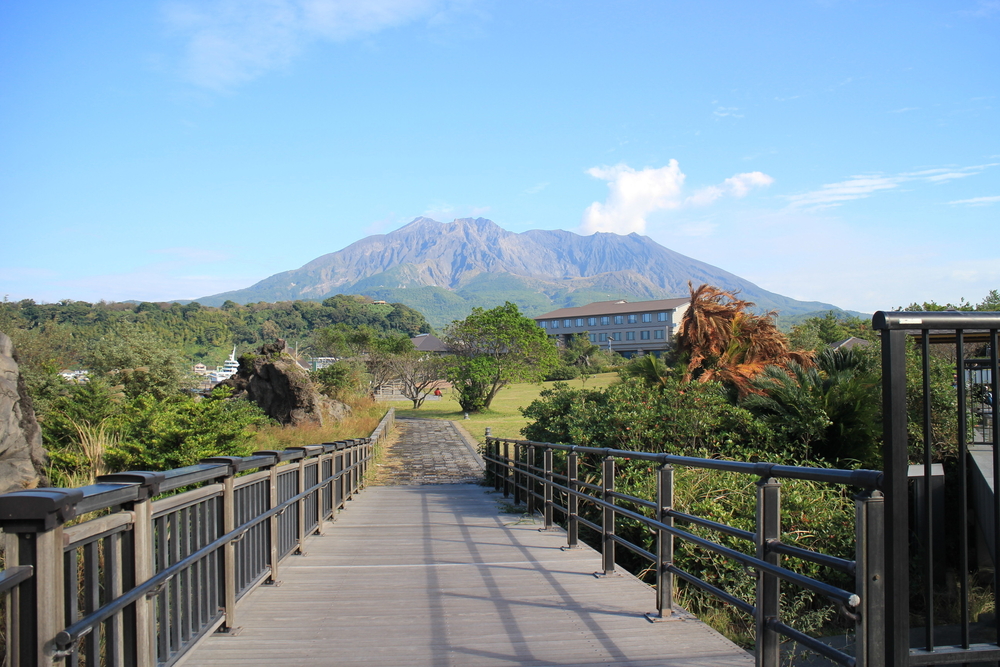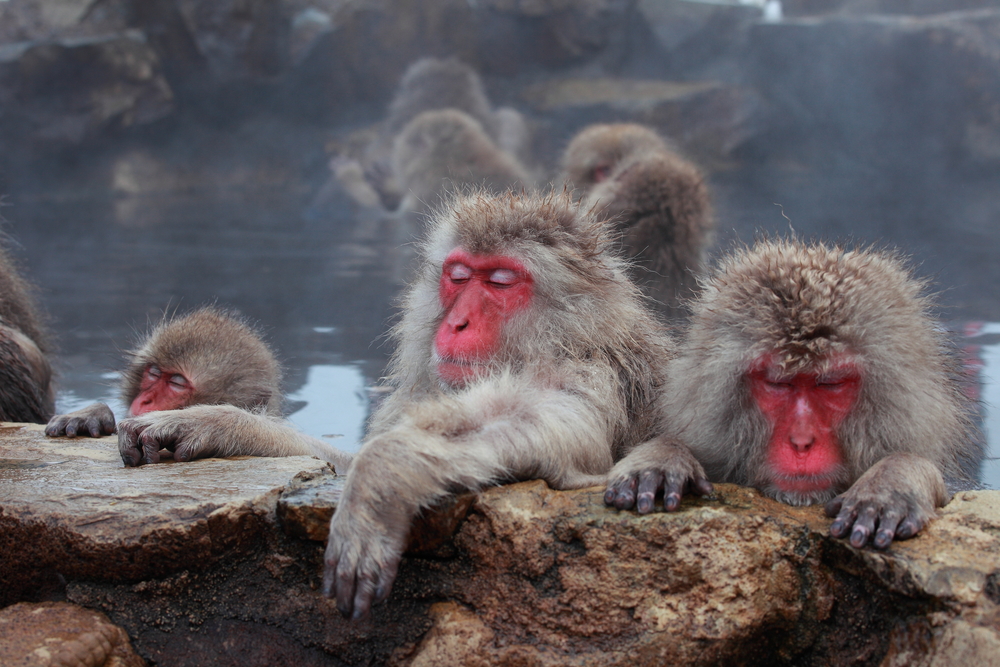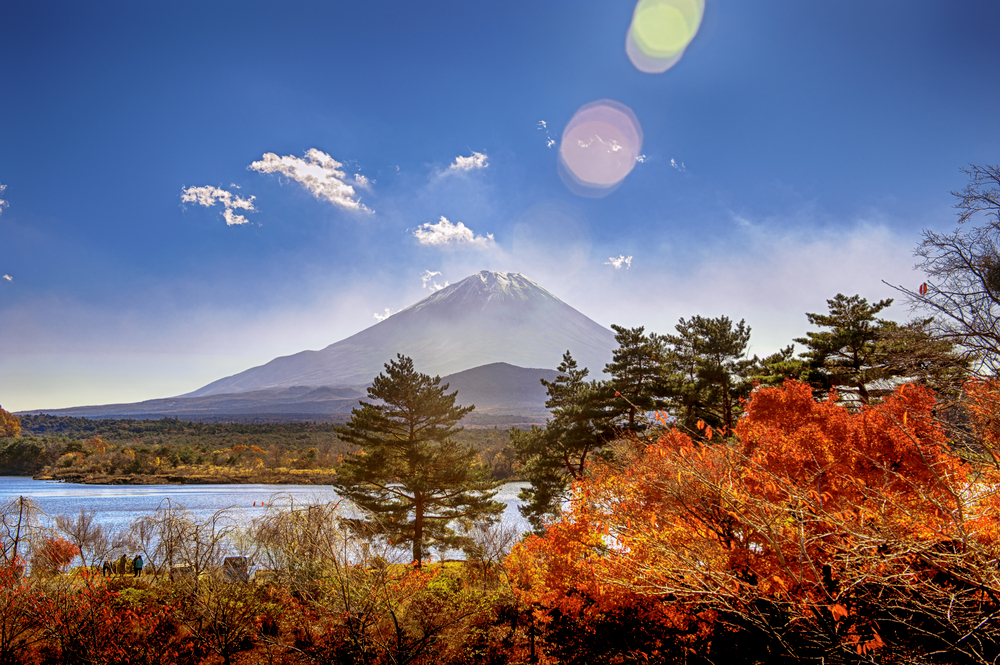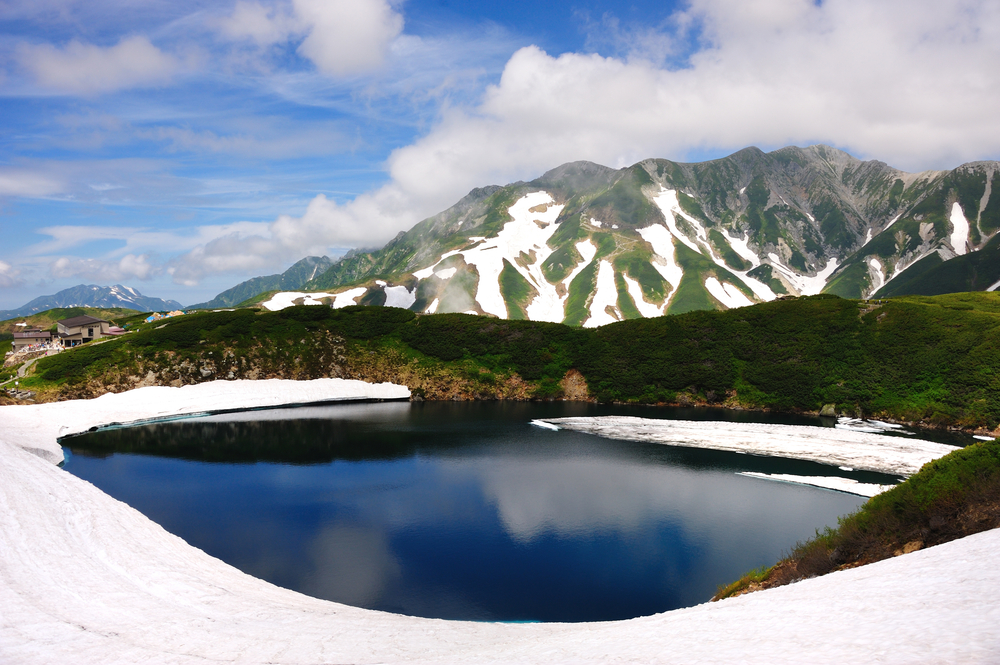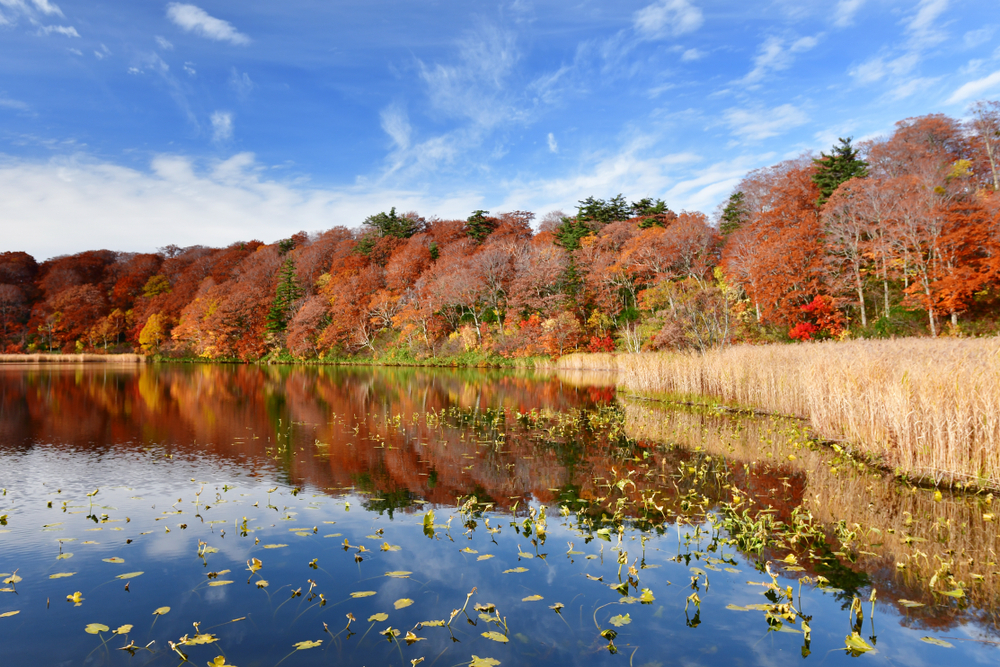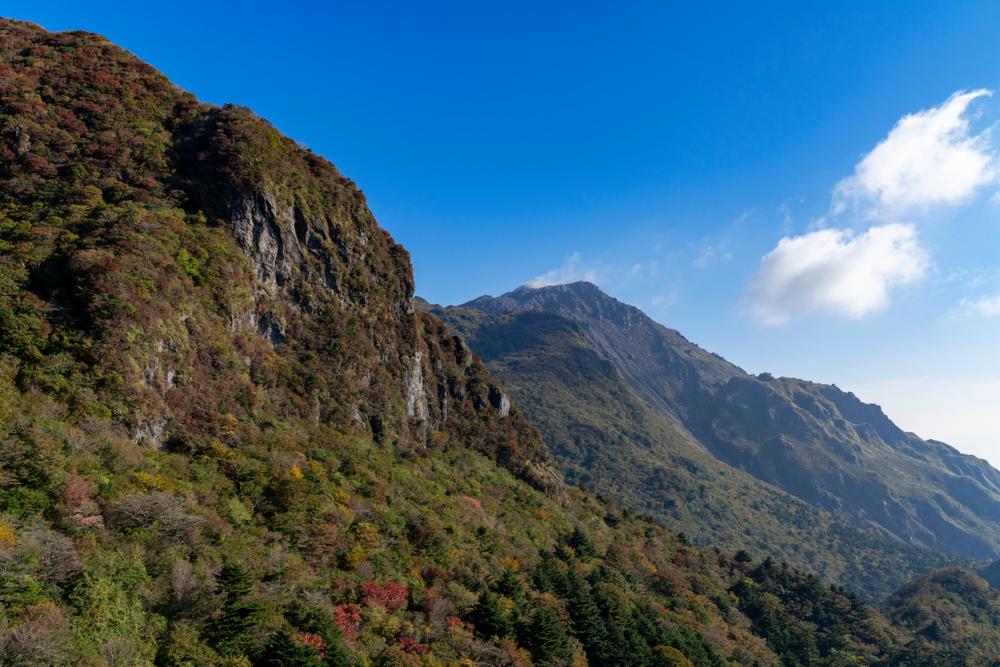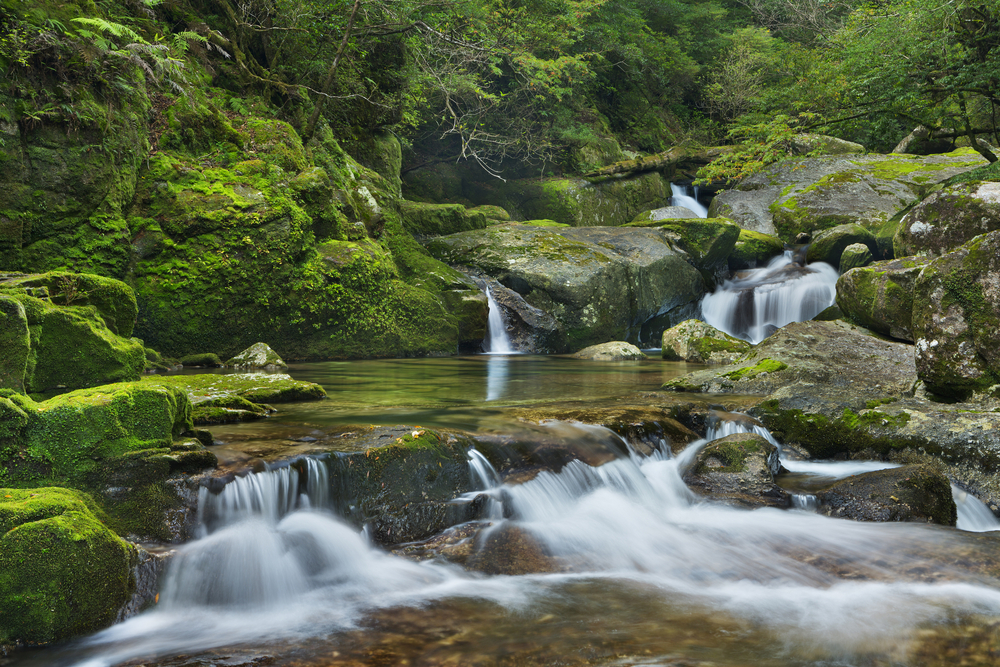Kirishima-Kinkowan Overview
Kirishima-Kinkowan National Park, or Kirishima-Kinkowan Kokuritsu Kōen in Japanese, is a stunning natural sanctuary located on Kyushu Island in southern Japan. Spanning approximately 136 square miles (351 square kilometers), the park is renowned for its dynamic volcanic landscapes, lush vegetation, and cultural significance. The park encompasses parts of Kagoshima and Miyazaki Prefectures, offering visitors a unique blend of geological wonders, historical sites, and diverse ecosystems.
The terrain of Kirishima-Kinkowan National Park is marked by volcanic activity, featuring an array of striking features such as Mount Kirishima, an active volcanic range with more than 20 peaks. The park is also home to the iconic Sakurajima volcano, one of Japan’s most active and a focal point of Kagoshima Bay (Kinkowan). The varied landscape includes caldera lakes, such as Lake Miike, known for its serene beauty, and hot springs that dot the region, providing a glimpse into the earth’s geothermal energy. Rolling grasslands, dense forests of Japanese cedar (sugi), and subtropical vegetation near the coast create a rich tapestry of plant life that shifts dramatically with elevation and proximity to volcanic activity.
Wildlife thrives in the park, with opportunities to encounter an impressive array of species. Key mammals include Japanese macaques, sika deer, and the elusive Japanese black bear. Birdwatchers will delight in spotting rare species such as the copper pheasant and the Ryukyu robin, while migratory birds like cranes can often be seen during specific seasons. The park’s aquatic environments, including its coastal areas around Kinkowan, host marine life such as dolphins and sea turtles, adding another layer of biodiversity.
Visitors to Kirishima-Kinkowan National Park often highlight several must-see attractions. The Kirishima Shrine, a Shinto sanctuary deeply connected to Japan’s mythology, is a cultural gem nestled within the park’s natural beauty. Scenic trails leading to Mount Takachiho-no-Mine, believed to be where the gods descended to earth in Japanese lore, are popular among hikers. Sakurajima’s constant eruptions offer a dramatic and humbling experience, with observation points providing safe yet close views of the volcanic activity. For relaxation, the many onsen (hot springs) in the region offer therapeutic and cultural experiences.
Exploring the park is best achieved through hiking, with trails ranging from gentle walks to challenging ascents, such as climbing Mount Karakuni, the highest peak in the Kirishima range. Guided tours and boat excursions around Kinkowan provide unique perspectives of Sakurajima and the surrounding areas. The park also encourages eco-tourism, with local initiatives promoting sustainable engagement with the environment.
Kirishima-Kinkowan National Park faces conservation challenges, primarily due to its volcanic activity and the impacts of human activity, including tourism and urbanization. However, effective management and community-driven conservation efforts have led to significant successes in preserving its ecosystems and mitigating volcanic risks. These efforts include reforestation projects and measures to monitor and protect the region’s biodiversity.








































































